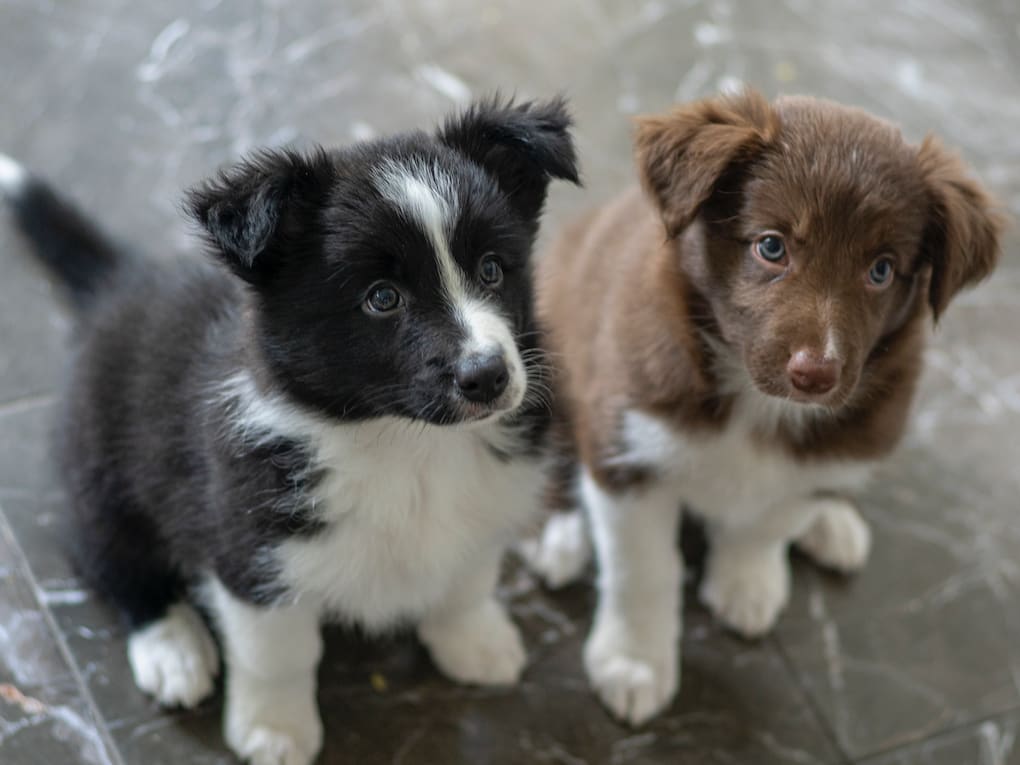Why do littermates look different from each other? How is breed ancestry inherited? Learn more in this introductory video on genetic inheritance with Embark cofounder Adam Boyko, PhD.
What is genetic inheritance? How does genetic recombination work?
Why do human siblings not look exactly alike? Why do canine littermates often look different from each other? Even though puppies will receive half of their DNA from their mother and half from their father, the chromosomes they inherit are “shuffled” around in a process called genetic recombination. This means that any two non-identical siblings are going to have some genetic differences. Learn more about how this works, and see an example in action, with Dr. Adam Boyko in this video.
How many chromosomes do dogs have?
Did you know? Dogs have 39 pairs of chromosomes, compared to the 23 pairs found in humans. The first 38 pairs are known as “autosomes,” and the 39th pair is made up of two “sex chromosomes,” which are involved in determining sex. Female dogs have two X chromosomes, while male dogs have one X chromosome and one Y chromosome.














